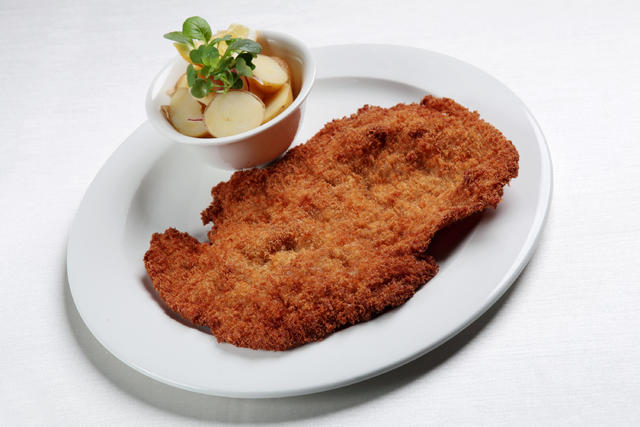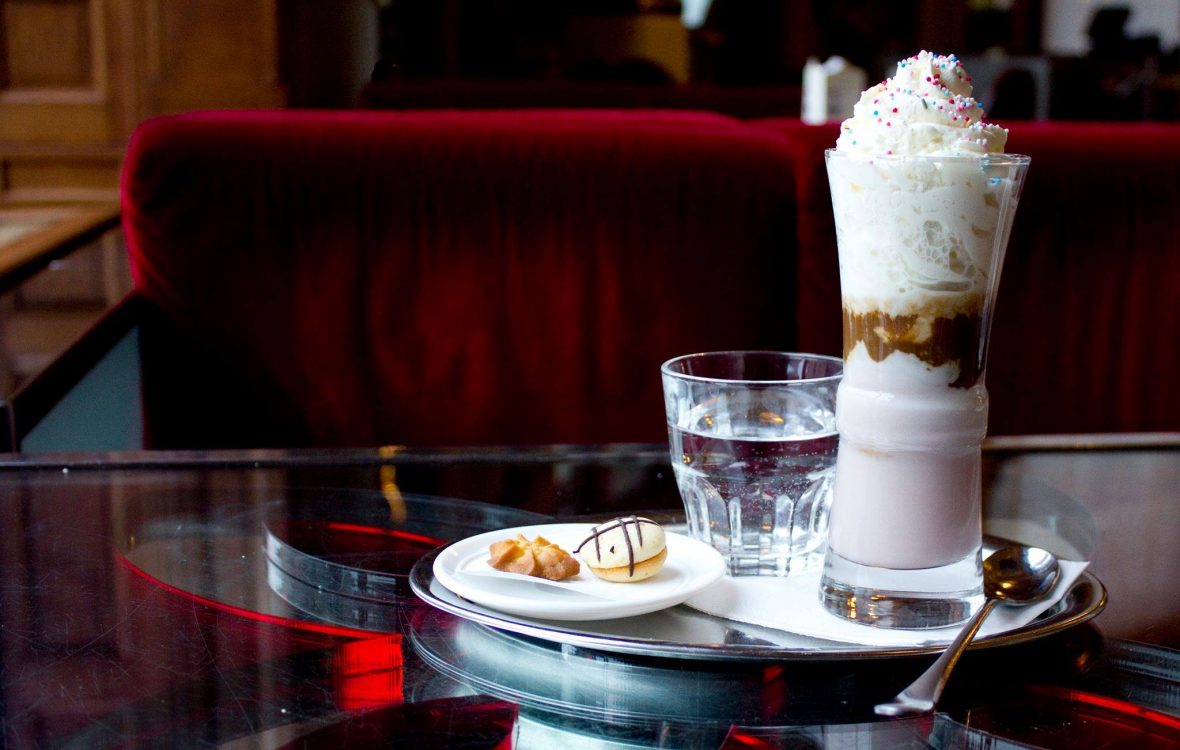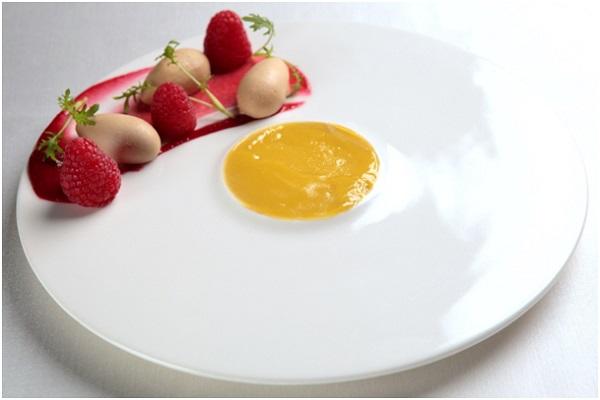Wiener schnitzel, this extremely simple yet delicious dish is on the menu of almost every restaurant. It is easy to prepare at home, but if you want to have the real Wiener schnitzel, keep to the original recipe – you can only use veal, since if you use any other meat, is it not Wiener schnitzel anymore, but breaded cutlet.
Wiener Schnitzel – the ultimate international mix
Legend has it that field marshal Joseph Wenzel Radetzky told the emperor about some delicacy he had had in Milan in 1857. The emperor wanted to try the dish himself and ordered the head chef to prepare it. This is how the Wiener schnitzel, the world-famous breaded cutlet of the Austrian capital was born.
Breaded and fried meat, however, was not invented in Italy. Such recipes can be found in medieval Spanish cookery books, as chuleta andaluza. After the Moors were expelled in 1491 and Andalusia was under Christian rule again, the local cuisine preserved the traditional Arab preparation method of mutton, dredging it in flour, beaten eggs and breadcrumbs, and frying it until golden brown. “Gilding” meat was something quite fashionable in the Byzantine court, where meat was coated with real gold powder. The Moors spread this custom in Andalusia, and it was taken to the lavish courts of Italy from there.
But. Breaded cutlet is neither an Italian, nor a Spanish nor an Arab dish.
Breaded meat in ancient times
In fact, the ancient Greek already had “Wiener schnitzel”. Arabs learned the preparation method from the Greek, then passed it on. Only one original ancient Greek cookery book has been preserved to this day, Deipnosophistae by Athenaeus, which proves that the genius of the ancient mind was also present in cuisine. Athenaeus uses the word tiganos, which means frying pan. He knows what a fried cutlet is, phloides, and reveals the ancient Greek term for making breadcrumbs, leganon katatrypsin. This means that the Wiener schnitzel is more like Athenian cutlet – however, there is quite some disagreement among historians in this issue.
The real one from Vienna
3-4 mm thick, tenderized, breaded meat cutlet from veal (inside round, eye of round, sirloin or well-cleaned shoulder). Best enjoyed with a few drops of lemon.





